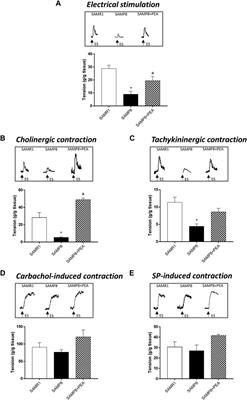OakFieldAlienz444
Senior Member
- Messages
- 3,267

Palmitoylethanolamide (PEA) as a Potential Therapeutic Agent in Alzheimer's Disease - PubMed
<span><i>N</i>-Palmitoylethanolamide (PEA) is a non-endocannabinoid lipid mediator belonging to the class of the <i>N</i>-acylethanolamine phospolipids and was firstly isolated from soy lecithin, egg yolk, and peanut meal. Either preclinical or clinical studies indicate that PEA is potentially...

Effects of Palmitoylethanolamide on Neurodegenerative Diseases: A Review from Rodents to Humans
Palmitoylethanolamide (PEA) stands out among endogenous lipid mediators for its neuroprotective, anti-inflammatory, and analgesic functions. PEA belonging to the N-acetylanolamine class of phospholipids was first isolated from soy lecithin, egg yolk, ...

Frontiers | Palmitoylethanolamide Counteracts Enteric Inflammation and Bowel Motor Dysfunctions in a Mouse Model of Alzheimer’s Disease
Palmitoylethanolamide (PEA), an endogenous lipid mediator, is emerging as a promising pharmacological agent in multiple neurodegenerative disorders for its a...
PEA is in the cannibanoid family but is not a drug or psychoactive, it is produced in your own body and found in egg yolk and increases the effectiveness of any other analgesic or pain reliever! It can be purchased online at Amazon, Ebay and other retailers
PEA-for-nerve-pain-and-inflammation.pdf (whria.com.au)
The potential clinical applications of PEA are quite broad, but research and popular use have focused on its use as an anti-inflammatory and pain-relieving agent in conditions like low back pain, sciatica, osteoarthritis, etc. Preclinical and human studies have also investigated its effects on depression, boosting mental function and memory, autism, multiple sclerosis, obesity, and metabolic syndrome. While it shares many features comparable to cannabidiol (CBD), the advantage of PEA is that it has better science to support its use.
Last edited:

